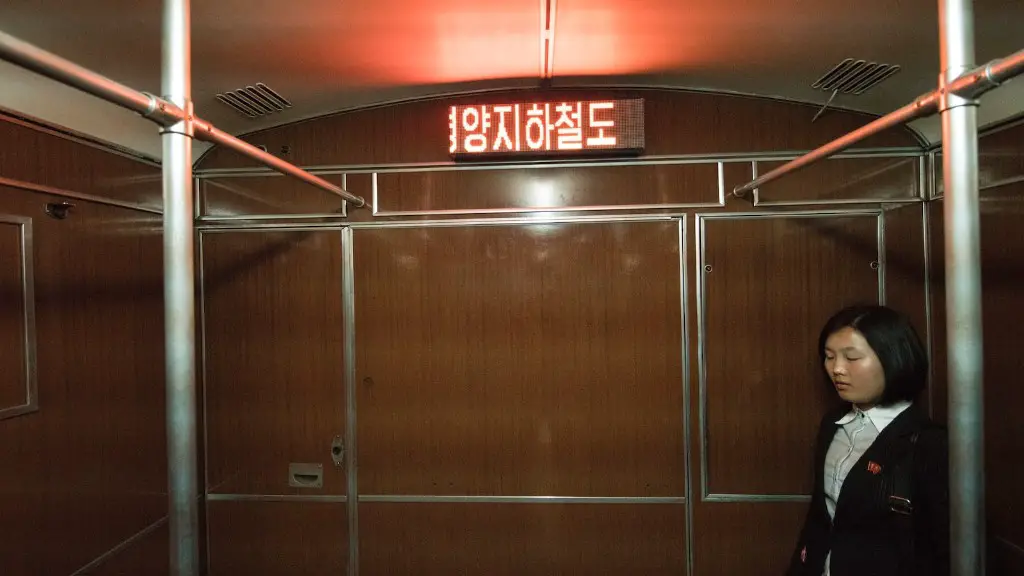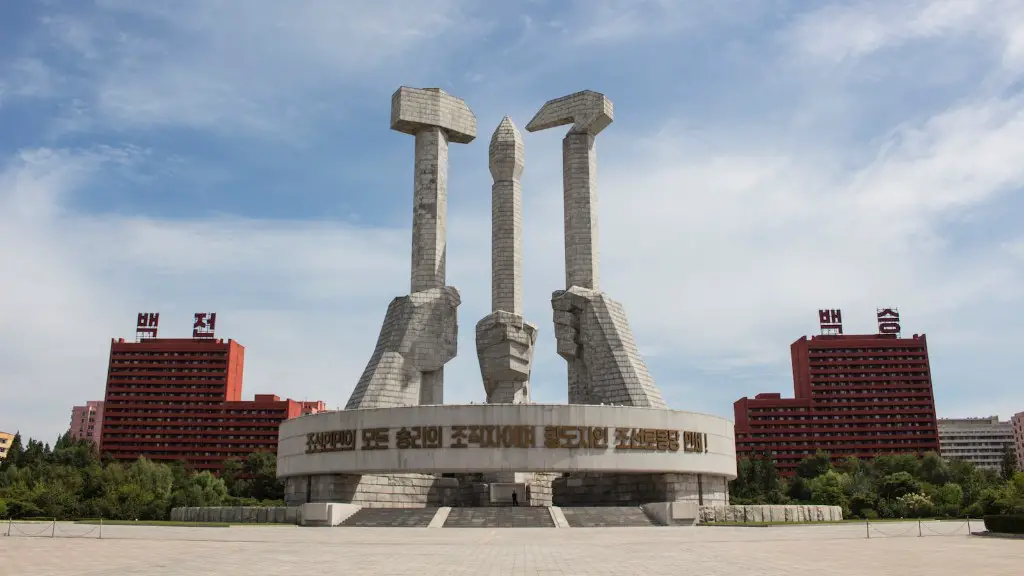The Military Aircraft Of North Korea
North Korea is one of the most secretive countries in the world and yet, one of the most powerful. The country has a well-developed military infrastructure and a formidable air force that operates a range of military aircraft. It is believed that the air force of North Korea is one of the largest in the world with over 1,000 combat aircraft and many more trainer aircraft. Here we take a look at some of the planes that make up North Korea’s impressive air force.
Aircraft Inventory
North Korea operates several types of aircraft such as fighter jets, transport planes, and reconnaissance planes. The most prominent of the fighters are the MiG-21 Fishbed, MiG-23 Flogger, and the MiG-29 Fulcrum. These fighter jets are the backbone of North Korea’s air force and are capable of carrying out various missions such as interception, ground attack, and reconnaissance. Aside from these, North Korea also operates other types of combat aircraft such as the Su-7, Su-25 and the An-2 Colt.
Transport Aircraft
The North Korean air force also has a number of transport aircraft at its disposal. These include the Il-76 Candid and the Il-76MF Candid Medium Freighter, both of which are multi-mission transports built to carry cargo and personnel. Other transport aircraft operated by North Korea include the An-24 Coke, which is an older model transport, and the An-140-100, a military version of the Iranian-designed turboprop.
Reconnaissance Aircraft
North Korea’s air force also operates a number of reconnaissance aircraft. These include the MiG-25 Foxbat, the Yakovlev Yak-28 Brewer, and the Su-24 Fencer. These aircraft are used for tactical and strategic reconnaissance missions, as well as long-range photo-reconnaissance. The sensors fitted to these aircraft allow them to detect and identify targets at long range, thus forming an important part of North Korea’s intelligence gathering capabilities.
Limitations
Despite the impressive size of the North Korean air force, its aircraft are limited in terms of technology and capability. The vast majority of its aircraft are outdated models with limited combat capabilities. This is due to the fact that North Korea does not have access to the latest technology nor international arms markets. Moreover, the North Korean air force lacks training and expertise to operate and maintain these aircraft, which further limits its abilities.
The Future Of North Korean Aviation
It is difficult to predict the future of North Korean aviation. The country is currently under heavy sanctions, which make it difficult for them to acquire the latest technology or even spare parts for their existing fleets. This could mean that their air force will continue to age and become even less capable in the future.
Strategic Weapons
The North Korean air force is also responsible for the deployment of strategic weapons such as nuclear weapons, Chemical Weapons and Intercontinental Ballistic Missiles (ICBMs). While the country has not officially tested any of its nuclear weapons, it is believed that they have a number of warheads ready to be deployed if needed. These warheads could be delivered by the MiG-25 Foxbat, the Yakovlev Yak-28 Brewer or the Su-24 Fencer.
Bomber Fleet
North Korea also has a fleet of bombers at its disposal. These include the IL-28 Beagle and the Tu-16 Badger, both of which are medium range bombers capable of carrying up to nine tons of explosives. The two bombers are primarily used for training as well as for the delivery of strategic weapons.
Helicopters
North Korea is also known to employ a number of helicopters in its air force. These include the Mi-8 Hip, the Mi-14 Haze, and the Mi-17 Hip-H. These helicopters are primarily used for transport and support roles as well as for reconnaissance and search and rescue operations. The helicopters are often used in support of ground troops, ferrying supplies, troops, and acting as medical evacuation aircraft.
Air Defense System
Finally, North Korea also maintains an air defense system in order to protect its airspace. This system is thought to consist of a variety of radars, anti-aircraft guns, surface-to-air missiles, and interceptor aircraft such as the MiG-25 Foxbat and the MiG-29 Fulcrum. This system is designed to detect and intercept incoming threats, thus providing North Korea with some protection from foreign aggression.
Aircraft Production
North Korea has a small aircraft manufacturing industry capable of producing some of the aircraft operated by the air force. This industry is believed to be able to produce both advanced and crude aircraft including the Mi-2 Hoplite and the An-2 Colt. These aircraft are primarily used by the military, but have also been sold to other countries in Africa, Latin America, and the Middle East.
Economic Impact
North Korea’s air force is an important part of its economy. It is estimated that the military accounts for around 25% of the country’s budget, and much of that is spent on aircraft and equipment for the air force. The use of aircraft has also allowed North Korea to establish air routes to other countries, which helps the country to strengthen its ties with other nations.
Overall Assessment
North Korea has a formidable air force that is made up of a variety of aircraft, from fighters to transport planes, from reconnaissance aircraft to helicopters. While some of the aircraft are outdated, the country is still able to utilize them effectively in support of its strategic goals. Furthermore, North Korea has the capability to produce some of its own aircraft, enabling them to maintain a degree of autonomy. Despite its limitations in terms of technology, North Korea’s air force remains a powerful force in the region.



